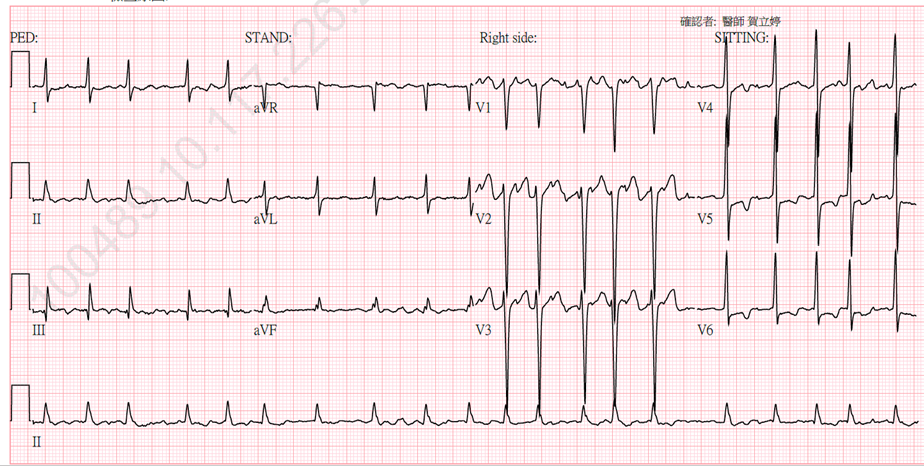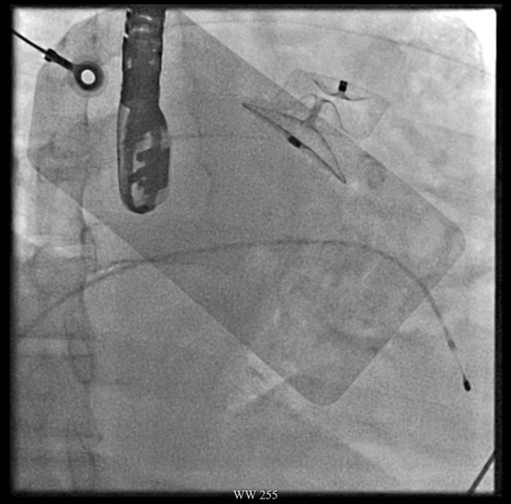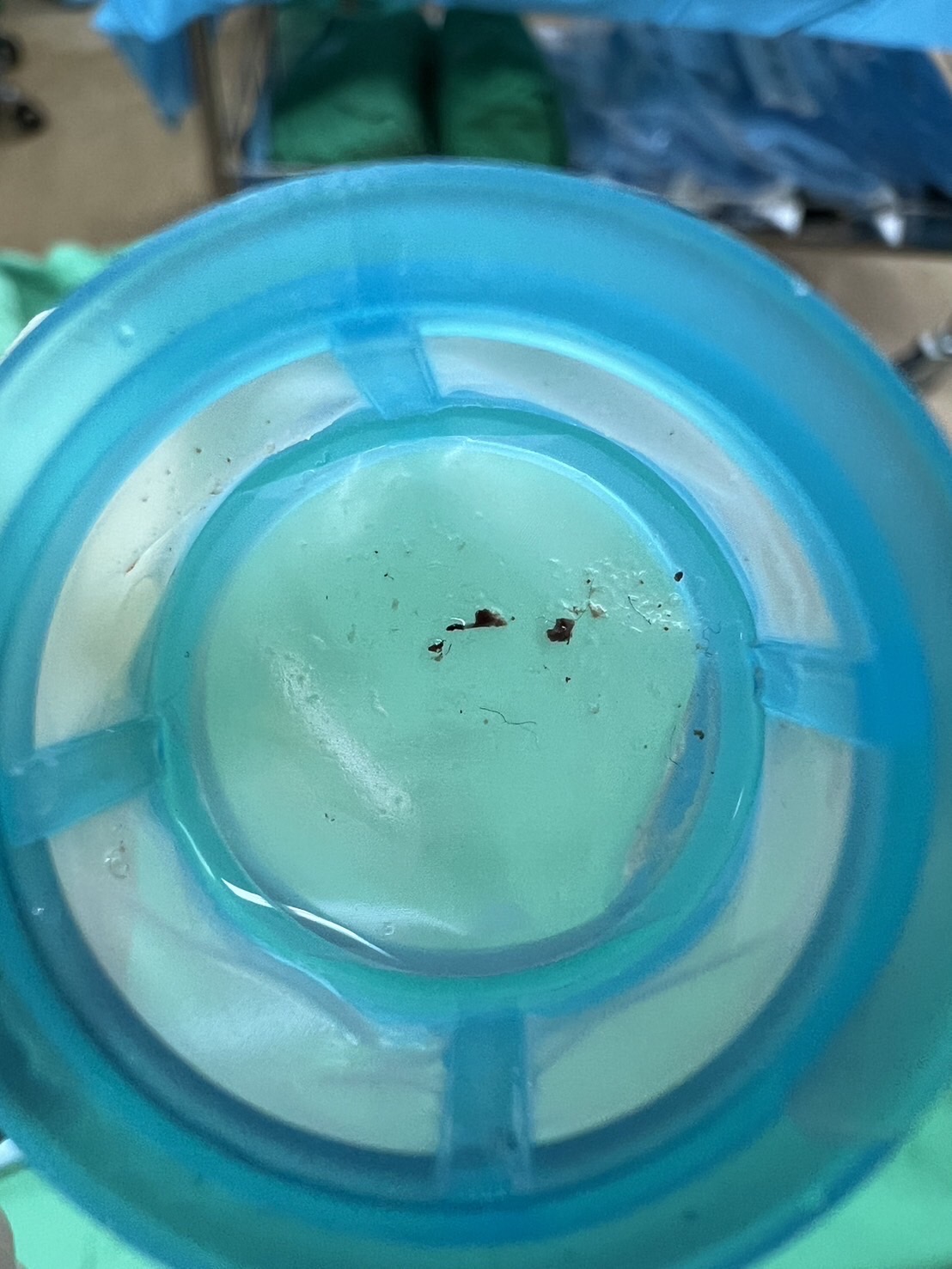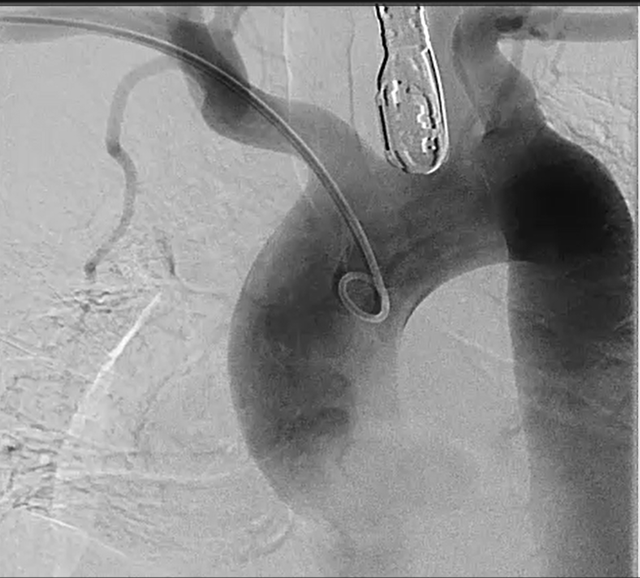Lots of interesting abstracts and cases were submitted for TCTAP 2025. Below are the accepted ones after a thorough review by our official reviewers. Don’t miss the opportunity to expand your knowledge and interact with authors as well as virtual participants by sharing your opinion in the comment section!
TCTAP C-240
Cerebral Protection During LAAO and Catheter Ablation of Atrial Fibrillation in a Patient With Dense Left Atrium Spontaneous Echo Contrast
By Li-Ting Ho, Ting-Tse Lin, Jen-Kuang Lee
Presenter
Li-Ting Ho
Authors
Li-Ting Ho1, Ting-Tse Lin1, Jen-Kuang Lee1
Affiliation
National Taiwan University Hospital, Taiwan1,
View Study Report
TCTAP C-240
Endovascular - Thrombus Removal Devices and Techniques
Cerebral Protection During LAAO and Catheter Ablation of Atrial Fibrillation in a Patient With Dense Left Atrium Spontaneous Echo Contrast
Li-Ting Ho1, Ting-Tse Lin1, Jen-Kuang Lee1
National Taiwan University Hospital, Taiwan1,
Clinical Information
Patient initials or Identifier Number
Relevant Clinical History and Physical Exam
Thisis a 55-year-old gentleman who has hypertension, diabetes, persistent atrial fibrillation, coronary artery disease and heart failure. During the follow-up, progressive LV ejection fraction decrease and heart failure symptoms were noted and AF ablation was suggested. However, pre-procedure TEE showed dense LA and LAA spontaneous echo contrast while the patient was well coagulated. Therefore, LAAO was performed with Amplatzer 25mm device. Six months after LAAO, AF ablation was arranged.




Relevant Test Results Prior to Catheterization
Pre-procedure lab test showed hemoconcentration with high Hb/Hct (18.4mg/dL/56.6%), elevated Cr level (1.41mg/dL, eGRF 55(mL/min/1.73 m^2). Pre-ablation TEE showed adequate LAAO position without leakage. However, persistent dense LA spontaenous echo contrast was still noted. Therefore, SENTINEL Cerebral Protection System (CPS) was suggested during RFCA procedure.
Relevant Catheterization Findings
Interventional Management
Procedural Step
Before AF ablation, we inserted a 6Fr sheath via right radial artery and deployed protective device "BOSTON/SCIENTIFIC SENTINEL Cerebral ProtectionSystem 6F; 95cm" to the brachiocephalic artery (Proximal Filter), and the left common carotid artery (Distal Filter). The Sentinel system was advanced through a 0.014’’ guidewire with Gram Slam wire. The proximal filter was positioned in the brachiocephalic artery to prevent any debris from reaching the right carotid artery. By manipulating, straightening, rotating, and advancing or withdrawing the guide, the system was positioned also in the left common carotid artery and the distal filter was released, ensuring that the articulating sheath was well apposed to the carina, without protruding into the aorta. Biateral pulmonary vein isolation was performed within 90 minutes and we removed SENTINEL CPS. Two pieces of red thrombus were noticed in SENTINEL filter.




Case Summary
The Sentinel® Cerebral Protection System is designed for use as a cerebral protection device to capture and remove embolic material during transcatheter aortic valve procedures, thereby reducing peri-procedural ischemic injury to the brain. It is also an effective tool for preventing embolic strokes in other left-sided intracardiac procedures with a risk of peri-procedural ischemic stroke, such as left atrial appendage occlusion (LAAO), mitral clipping, or left atrial arrhythmia ablation.


